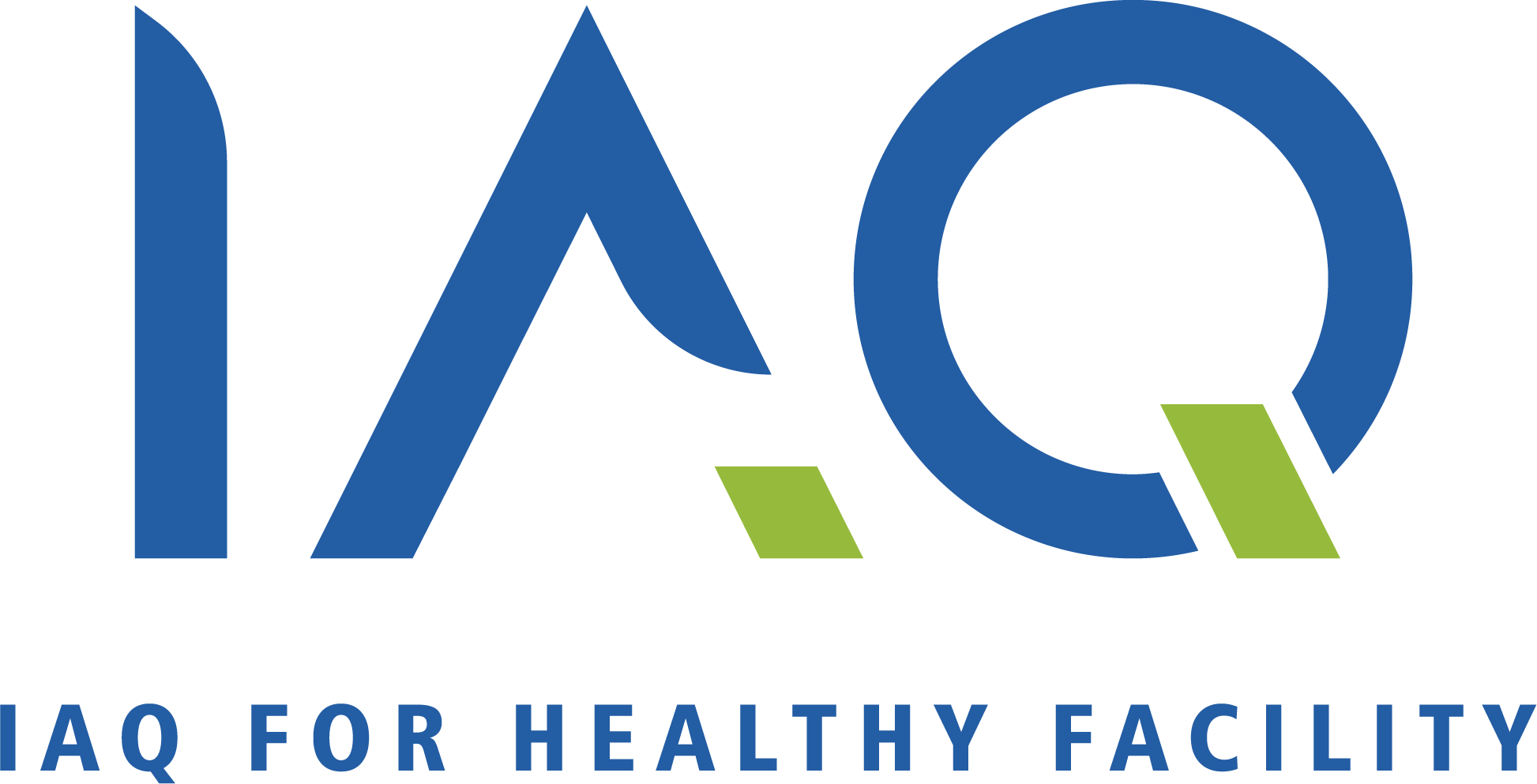Water Quality
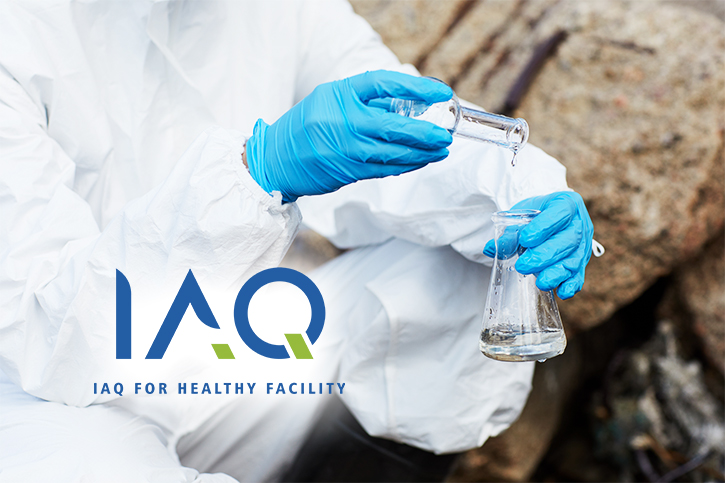
In every commercial facility, water storage tanks are utilised to distribute all utilities with water such as the kitchen, restroom, HVAC system and many more. Most of the buildings, obtain water from the water piping system in the area but some may earn their water directly from water sources nearby – such as lakes, streams and ponds.
Water Quality
In some instances, water may be contaminated with bacteria, consisting of spoilage and pathogenic microorganisms. This affects water quality and harms building occupants in the process. The national law and auditing bodies have made it a requirement for water testing due to human health concerns. Systems that contain drinking water must be free of bacteria, heavy metals, and pesticides to avoid adverse health effects. Water quality at IAQ Facility Services is assured by testing.
Our Process

How We Do
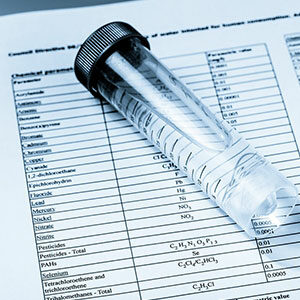
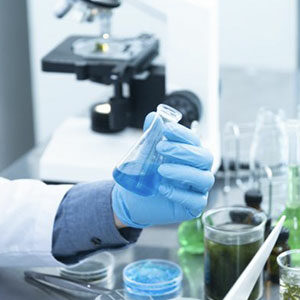
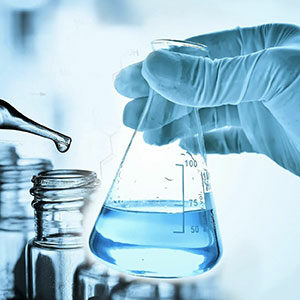
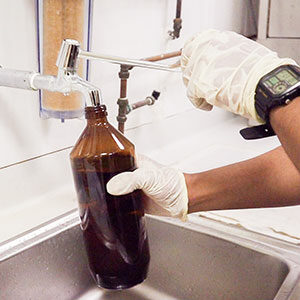
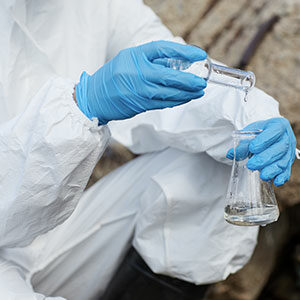
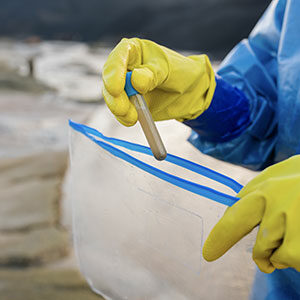
Frequently Asked Questions
Water testing is a critical part of public and environmental safety, and as such it must be done in accordance with stringent regulatory requirements. As a manager or owner of a facility, it is your responsibility to ensure the safety and health of the occupants. Water analysis can reduce the risk and the potentially damaging impact on both public health and the environment.
Public water is essential for drinking and commercial purposes. The manufacturing and industrial sectors primarily use water in their production process and wastewater disposals. Water also acts as a cooling medium, to keep equipment from overheating, thus maximising its
efficiency and safety. Regardless of industry, facilities need reliable sourcing of clean water to ensure smooth daily operations.
So, therefore, it is critical to check for contaminants. Regardless of the water source, water quality checks should be performed annually. Most tap water tests for chlorine levels, pH, and
bacteria.
Testing yearly even if you aren’t suspecting a contaminant is prudent. Some water issues can’t be
detected using conventional means.
